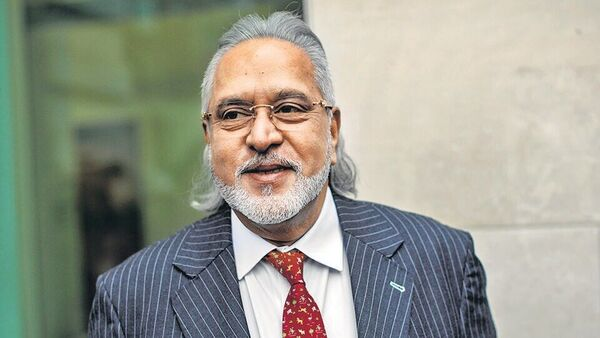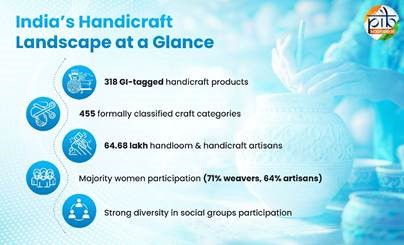Description

Disclaimer: Copyright infringement not intended.
Context:
- The Reserve Bank of India (RBI) has issued a master direction for asset reconstruction companies (ARCs), which will come into effect from April 24, 2024.
- This move aims to strengthen the regulatory framework governing ARCs in India.
Minimum Capital Requirement:
- ARCs are required to maintain a minimum capital of Rs 300 crore, increased from Rs 100 crore as of October 11, 2022.
- Existing ARCs have been given a transition period until March 31, 2026, to achieve the minimum required Net Owned Fund (NOF) of Rs 300 crore.
- Non-compliance with these requirements will result in supervisory action, including prohibition on incremental business until the minimum NOF is met.
Role of ARCs as Resolution Applicants:
- ARCs with a minimum NOF of Rs 1000 crore are eligible to act as resolution applicants.
- They are permitted to invest in government securities, deposits with scheduled commercial banks, Small Industries Development Bank of India (SIDBI), National Bank for Agriculture and Rural Development (NABARD), or other entities specified by the RBI.
- Additionally, ARCs can invest in short-term instruments such as money market mutual funds, certificates of deposit, and corporate bonds/commercial papers with a short-term rating equivalent to AA- or above by a credit rating agency.
- Investments in short-term instruments are subject to a cap of 10% of the NOF.
This master direction aims to enhance the stability and efficiency of the ARC sector while promoting responsible investment practices.

Asset Reconstruction Company (ARC):
Origin and Purpose:
- The concept of Asset Reconstruction Companies (ARCs) draws inspiration from asset management companies worldwide.
- The idea was initially proposed by the Narsimham Committee – I in 1991, aiming to establish a central Asset Reconstruction Fund funded by the Central Government. However, it remained unimplemented.
- Narsimham Committee – II in 1998 recommended the establishment of ARCs, following successful models in countries like Malaysia and Korea. The term ARC was chosen to emphasize the focus on asset reconstruction.
Need for ARCs:
- ARCs address the global issue of bad loans, which arise from banking operations, regulatory requirements, or changes in the economic environment.
- Two approaches can be adopted to mitigate bad loan accumulation: banks managing their own bad loans or facilitation through a specialized agency.
- ARCs serve as specialized agencies dedicated to resolving NPAs within the banking system, offering an alternative to banks handling distressed assets independently.
Regulation and Registration:
- ARCs are registered under the Reserve Bank of India (RBI) and regulated by the Securitisation and Reconstruction of Financial Assets and Enforcement of Securities Interest Act, 2002 (SARFAESI Act, 2002).
Business Activities:
- ARCs undertake the acquisition of a portion of the bank's Non-Performing Assets (NPAs) eligible for recognition.
- They engage in asset reconstruction, securitisation, or both, as part of their business operations.
Advantages of the ARC Approach:
- Centralized process: ARCs consolidate bad loans, streamlining the resolution process.
- Core focus: ARCs prioritize NPA resolution as their primary activity, enabling banks to focus on core banking operations.
- Investor involvement: ARCs attract investors to acquire bad loans from the banking system, facilitating asset resolution.
|
PRACTICE QUESTION
Q. Explain the role of Asset Reconstruction Companies (ARCs) in addressing non-performing assets (NPAs) in Indian banks. Discuss their impact on financial stability and suggest ways to improve their effectiveness.
|
SOURCE: THE HINDU












